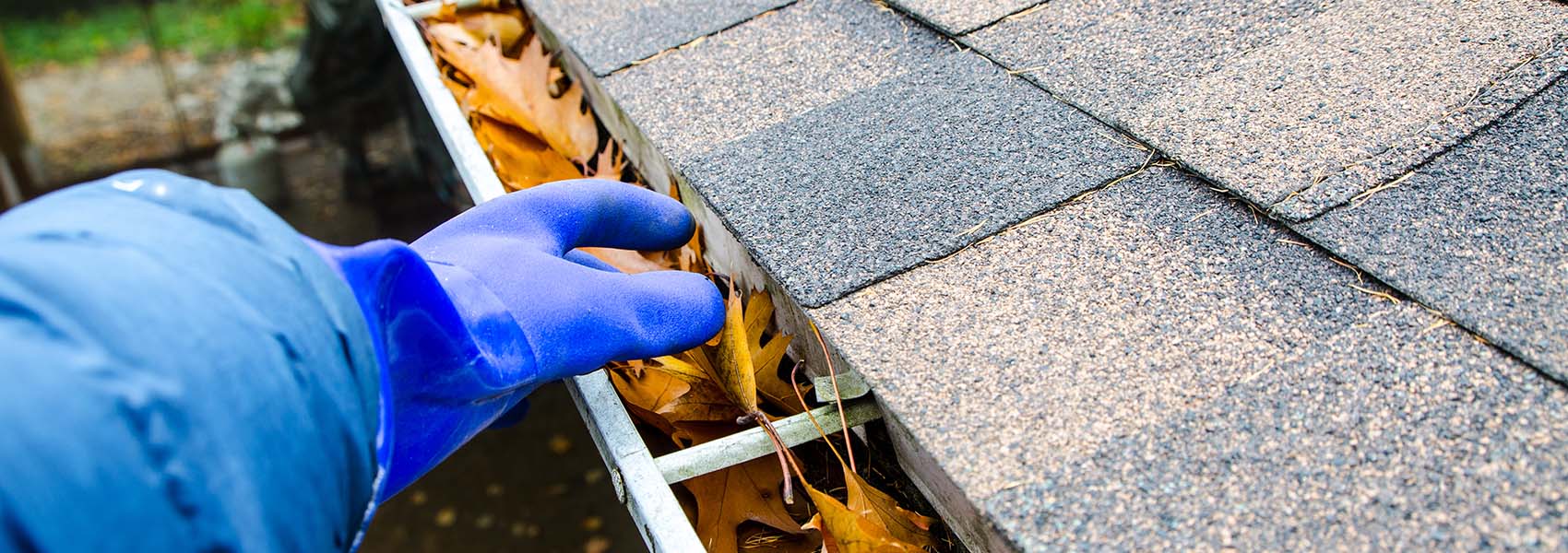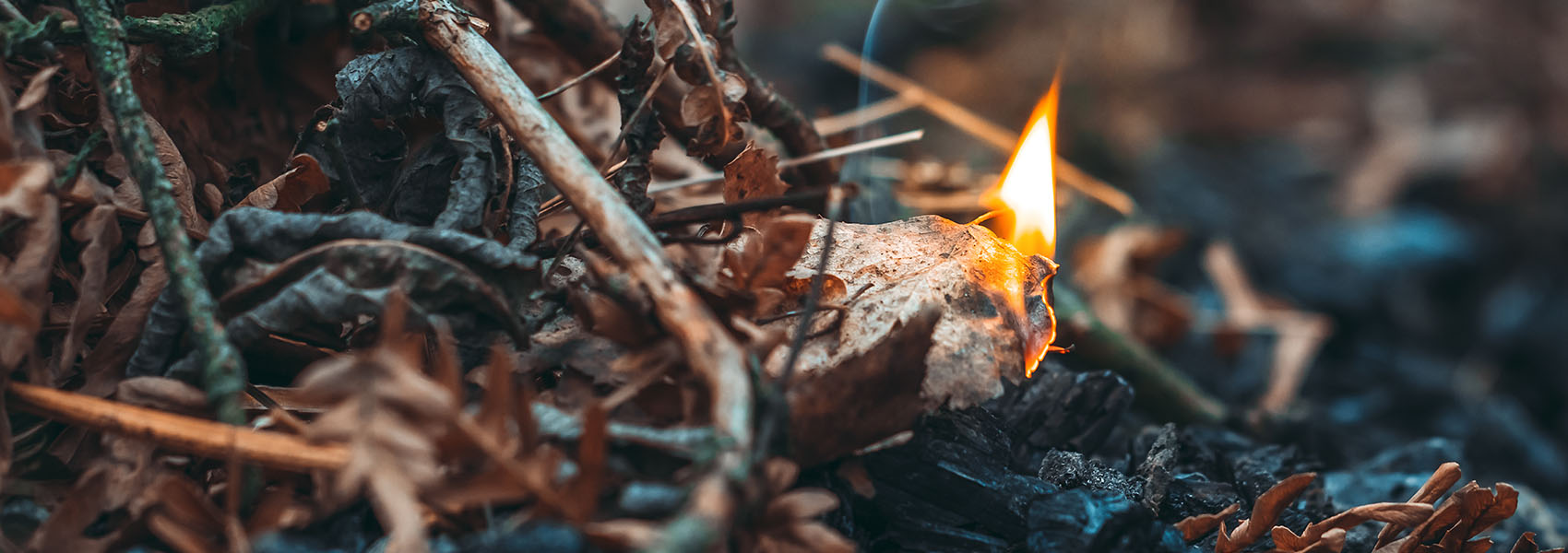Get your extreme weather plan in place with FireSmart BC
Wildfire is a risk that all British Columbians need to be prepared for. While that seems like a big task, our new community partner, FireSmart BC, is here to help you get started and take proven steps toward protecting your home and your community from wildfire.
From simple tips for homeowners looking to protect their property to tried-and-tested community programs led by local experts, FireSmart BC is your go-to source for everything you need to protect and prepare your home, neighbourhood, and community during wildfire season.
Why FireSmart-ing your home matters
The common misconception about wildfires is that they start in forests, spread through tree canopies, and eventually reach communities, engulfing them in a wall of flames. These are called ‘crown fires’.
In most cases though, wildfire disasters begin with ‘surface fires’—fires that burn along the ground, in dead grass, dry shrubs, and accumulations of leaf, needle litter, and other flammable debris. But, as surface fires grow, they cast off burning pieces of debris called ‘embers’, which can be carried ahead of the fireline by up to two kilometres and cause rapid structure-to-structure ignitions between sheds, homes, and businesses. This means you don’t have to live near a forested area to be affected by wildfires.
Think of embers like snowflakes. Typically, as they fall, they begin to pile at the edges and corners of structures. And when they do, their ability to ignite things increases. But in order to ignite a structure, embers must make contact and accumulate on a flammable surface. The key is to reduce the amount of fuel sources within your home ignition zone (HIZ)—the 30-metre area around a structure and its flammable attachments.

FireSmart bases its core principles on scientific evidence, which suggest that the best and most cost-effective way to increase your home’s survivability is by making changes to your HIZ. The best part is that it’s really easy to do. Those messy gutters, that unmowed lawn, the wood piled against the house—these are wildfire risks within each homeowner’s control. Small tasks, common chores, and a little elbow grease is all you need to make a big difference.
Here are a few simple steps you can take this summer to FireSmart your home:
- Clean debris, such as leaves, pine needles, and branches, out of gutters, eaves and along your roof.
- Clean up surface fuels around your property, like dead grass, dry shrubs, leaves, pine needles, brush, and deadfall.
- Move firewood and construction materials 10 metres from your home.
- Regularly mow and water your lawn (keep grass shorter than 10 centimetres).
- Prune tree branches within 2 metres of the ground.
- Use plants that won’t catch fire easily, such as rhododendrons or maple trees.
- Remove branches that hang over the roof.
- Properly store away combustible materials.

FireSmart home resources
Protecting your home from wildfire is not random or a matter of luck. Armed with the right information, anyone can greatly reduce the vulnerability of their property. And to make sure that everyone has access to this information, FireSmart has built an extensive library of free tools and practical advice.
FireSmart’s homeowners manual empowers homeowners with critical information, like how wildfires grow and spread, how to spot hazards in and around a structure, and how to store fuel sources at a safe distance.
The FireSmart BC Landscaping Guide includes an extensive list of FireSmart plants, instructions on how to recognize the characteristics of other garden-favourites not yet on the list, and expert insights on making vegetation a barrier that keeps embers from igniting your property.
The FireSmart BC Plant Program provides gardeners, landscapers, and suppliers with the knowledge and tools to help mitigate wildfire risks where they live and work.
A FireSmart neighbourhood
If you are concerned about your neighbourhood’s fire risk, ask local authorities, the planning department, or fire department how they are integrating FireSmart principles into their plans. You can also reach out to your Local FireSmart Representative to assess your home and enrol your neighbourhood in the FireSmart Canada Neighbourhood Recognition Program (FCNRP).

In the event of a fire
If you see a wildfire, call your local fire department immediately (911) and notify the BC Wildfire Service by dialling 1.800.663.5555 or *5555 on a cell. Then, if you have time to do so safely, take the following actions:
- Review your evacuation plan for your family and pets. Visit www.getprepared.gc.ca for helpful tips and evacuation plan templates.
- Have your “grab and go bag” (emergency kit) ready and stocked with cash, portable radio, prescription medications, eye glasses, change of clothes, pet food, flashlights and batteries, etc. Make sure your phone numbers, insurance information and other important documents for your go bag are current. Visit the BC Emergency Kit Guide for a more complete list of emergency supplies.
- Turn off air conditioning.
- Turn off your home water and electricity.
- Close all doors, garage doors, and windows. If weather seals or doors have gaps, seal them with duct tape.
- Turn off propane or natural gas.
- Move combustible material, like curtains and furniture, away from windows.
- Move all combustibles, like firewood, lawn furniture, etc., away from your house.
- Prepare your vehicle for a quick getaway by leaving it positioned facing out of the driveway.
- Keep car windows closed and have what you need to take in your vehicle.
- Make sure your ladder is accessible to emergency responders and outside your home or shed.
- Evacuate your family and pets to a safe location.
To make things easier, divide tasks amongst family members. And make sure each person knows their role and which actions to perform in the event of a fire.
The time is now for all British Columbians to FireSmart their homes, and the resources to do so have never been more accessible. The steps we take right now could save not only homes, but also lives. Visit FireSmart BC today for the latest scientifically-backed tips and resources on FireSmarting your property, neighbourhood, and community.
Each year wildfire season affects communities across BC. While it’s impossible to outsmart a fire, there are some things you can do to feel more prepared. Learn how to prepare for wildfire season, what to do if a wildfire is approaching your home, and tips for re-entering your home and resources for recovering after a wildfire at bcaa.com/wildfires.
You’ll also want to ensure your biggest investment is protected with BCAA Home Insurance. BCAA is BC’s Most Trusted Insurance brand for insurance.* BCAA Home Insurance paid out on 95% of claims for fire, water, weather and theft.** Get a quote today on BCAA Home Insurance, plus you can save 5% when you buy online.
** From 2022 to 2023, BCAA paid out over 95% of home insurance claims related to fire, water, weather and theft. Past performance is not a guarantee of future results. Home Insurance is sold through B.C.A.A. Holdings Ltd. dba BCAA Insurance Agency, a licensed insurance agency, and underwritten by BCAA Insurance Corporation. FireSmart, Intelli-feu and other associated Marks are trademarks of the Canadian Interagency Forest Fire Centre.







